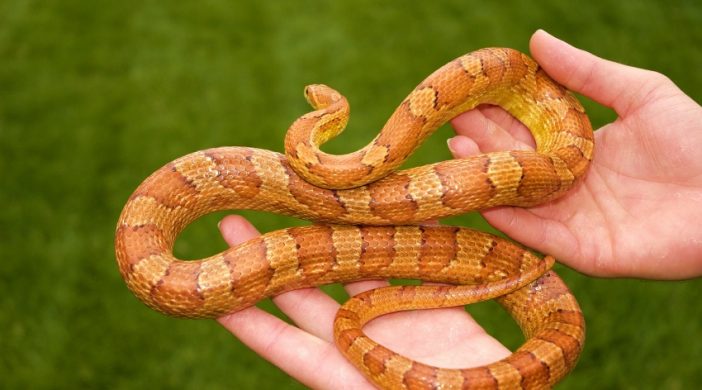
Snakes are beautiful animals. Many snakes make great pets. They are easy to feed and water. A young snake only needs to eat every 7 to 10 days, and as they get older they can eat even more infrequently depending on the species and meal sizes. They need access to fresh water constantly, which is easy enough to provide.
Since they eat infrequently, they also poop and pee infrequently as well. So cage maintenance is quite easy.
However, they do need decent sized cages to be truly happy. While there is some debate, husbandry experts now feel that the basic rule of thumb is that a snake should be able to fully stretch out from one end of the cage to the other. So, if you have a four-foot snake, the minimum recommended cage requirement would be 4x2x2. Since glass tanks this size are typically rather expensive, you may be better off looking for PVC cages designed specially for snakes.
Many snakes also have heating and humidity requirements that should be maintained to keep your snake healthy and shedding properly.
If you have ever thought about owning a snake, but don’t know where to start looking, here are 9 breeds recommended for beginner snake owners.
1. Corn Snake
Corn snakes (Pantherophis guttatus) are perhaps the number one snake recommended for beginners. They are a species of rat snake native to southeastern and central US, but are readily available from pet stores. They are beautiful to look at and come in a wide range of colorations including red, orange, and pink.
These snakes have a calm, docile temperament and are easy to care for. Young corn snakes can move fairly quickly, however. So young children should be supervised when holding one. They tend to calm down once they are older and more used to handling.
Captive specimens can live 23 years or more and remain at a manageable adult length (24 -72 in). Males, of all species tend to stay on the smaller size of the range while females are typically on the larger end. So, if you decide to purchase one, make sure you’re ready to commit to it for 20+ years and provide an appropriate sized cage.
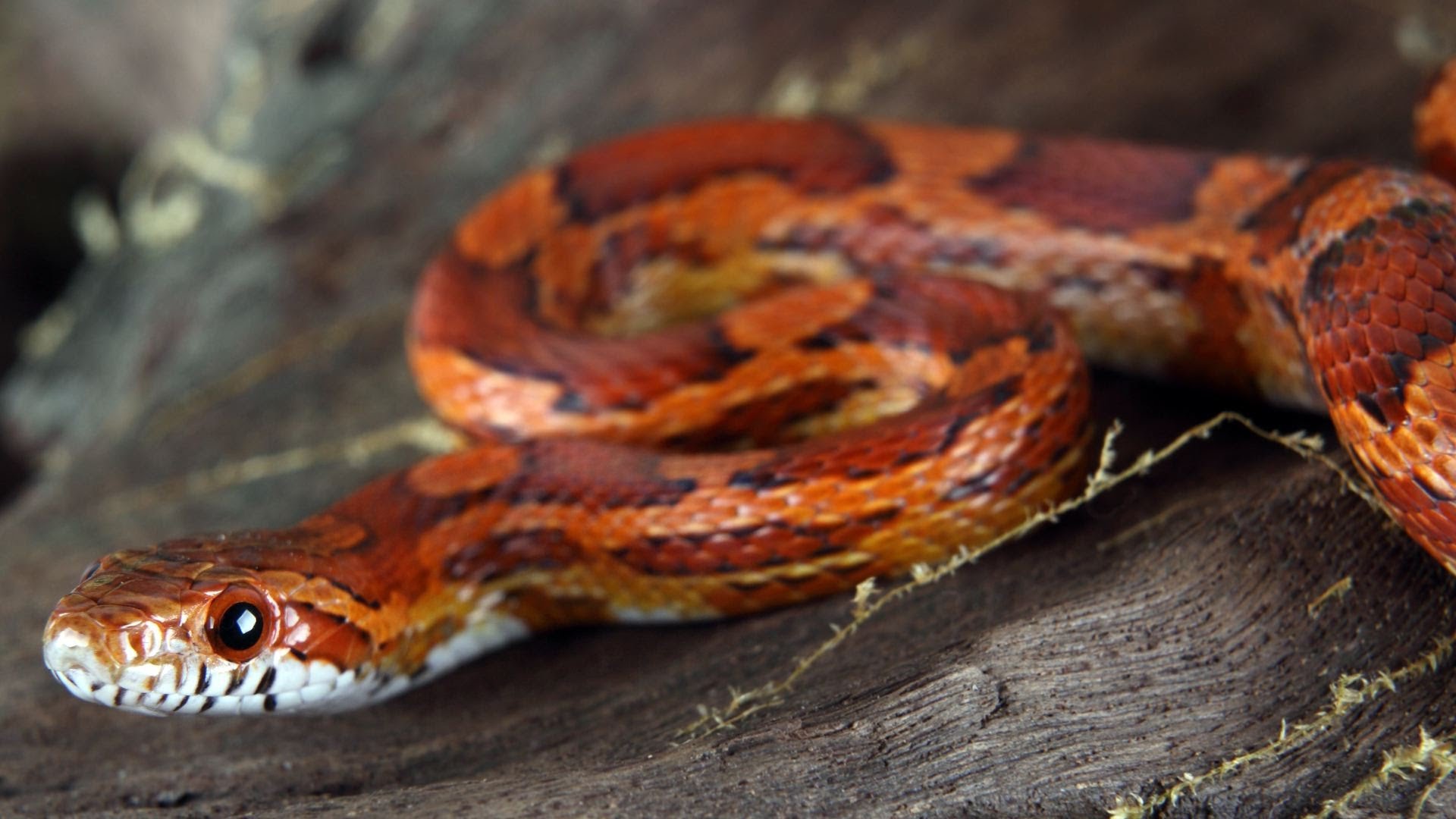
2. Western Hognose Snake
The hognose snake, Heterodon nasicus, is a stocky snake found from southern Canada to northern Mexico. These snakes get their name from their characteristic upturned snout, which is absolutely adorable.
They are famous for their mock attacks and threat displays when frightened, but are reluctant to bite. If the threat persists, they will feign death, which makes these snakes the ultimate drama queens. If you don’t know what I’m talking about, definitely look up a video. You won’t be disappointed.
Hognose snakes have a very mild venom, which is not considered dangerous to humans. However, some individuals have allergic reactions when bitten, which can make their entire arm swell up temporarily. Most people have very mild irritation, if any, when bitten.
While a bite could be rough, hognose snakes have a docile disposition and very rarely actually bite. They would much rather scare you away, than bite. Basically these drama snakes are all bark and no bite.
They remain a very manageable size (12-47 in) and they can live around 18 years in captivity, so be ready for a long commitment.

3. Ball Python
Also known as royal pythons, the ball python, Python regius, is a West African constrictor. The common name ball python refers to the snakes’ tendency to roll into a ball when frightened.
Their natural coloration is dark brown or black with light brown on the sides and a light underside. However, many other beautiful color morphs have been developed. So, if you don’t like the natural gorgeous colors, like in the image found below, you’re sure to find a color morph that you’ll love. I believe there are around 8,000 different morphs available currently. However, some of the more rare morphs can cost a pretty penny, up to several thousands of dollars.
Ball pythons have a docile nature, but can be picky eaters. It isn’t rare to see ball python owners posting about their snakes months-long hunger strike. Typically, this isn’t anything to worry about, you’ll just want to double check that your temps and humidity are right, and the snake should start eating again when it’s ready.
However, if the snakes starts to noticeably lose weight and still won’t eat, it could be a sign of something more serious. In that case, a vet visit may be in order to ensure that there isn’t an underlying medical issue for why the snake isn’t eating.
If you’re looking for a good sized snake that gets to be a manageable size and is also laid back enough to chill with you during a movie, a ball python may be a good choice.
These snakes are small for a python, reaching and average length of 4 to 5 feet. Ball pythons like to burrow and climb, especially males. So, a proper cage should have options for both.
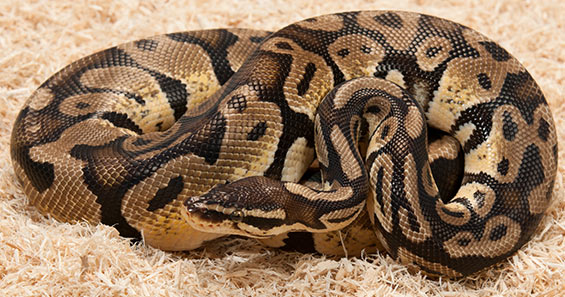
4. Milk Snake
Milk snakes, Lampropeltis triangulum, are constrictors common from south Canada all the way to northern South America. They are very closely related to King Snakes, and both species require similar care requirements.
Like corn snakes, milk snakes can be quick, especially when young, so children may need supervision when they’re holding one. They also have beautiful coloration, typically containing red, black, and yellow bands.
They are nocturnal snakes that reach an average length of 20-60 in. So, if you’re looking for a snake that you can watch be active in the day time, you may be disappointed to find that they spend a lot of the day hiding.
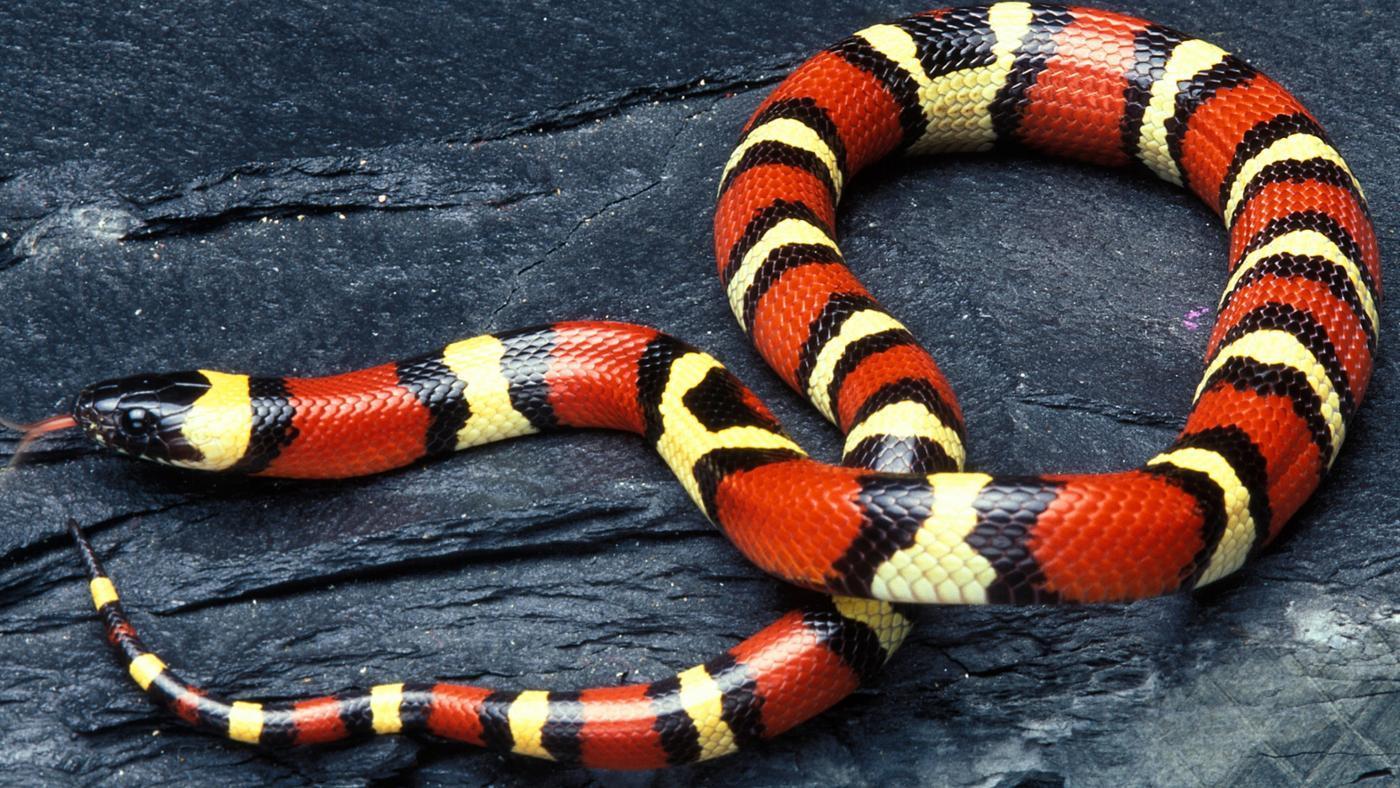
5. California King Snake
King snakes, including the California king snake and Mexican Black Kingsnake, are very popular with snake owners. They are constrictors native to the western US and northern Mexico.
They have a fairly docile temperament when handled regularly, and are easy to care for. Additionally, they come in a wide variety of color morphs.
Their average adult length is 3-4 feet, and they often live over 20 years if properly cared for.

6. Garter Snake
Garter snakes, of the genus Thamnophis, are found from Canada to Central America. They are rear-fanged snakes with a mild venom not considered dangerous to humans. They also have the ability to musk if they feel threatened, which can leave a smelly residue on your hands. However, if handled regularly they should be confident enough with you that they shouldn’t musk too often. Garter snakes can be very tame if handled regularly.
Garter snakes are very active during the day, so if you’re looking for a snake that you can enjoy watching both inside and outside of its cage they may be a great option for you.
Because they are so active, garter snakes need to be fed more regularly than most other snakes. They also eat a diet of worms, fish, and very small mice that is usually different from most of the other snakes on this list.
They enjoy swimming as well, so if you are able to provide some sort of pond or water feature for them, you’ll be able to see a whole other set of behaviors than they can display on land. I had one that would climb up a decorative tree in it’s cage and catch small fish out of the water bowl below. It was one of my favorite things to watch.
There are lots of different varieties of garter snakes, some of them have very vibrant red or blue coloring which makes for some gorgeous snakes.
Garter snakes are also one of the only species of snakes that enjoys the company of other snakes and can be cohabitated. However, cohabitation should only be done by individuals with some snake experience and who have done their research. Some specific types of Garter snakes are prone to cannibalism and should not be cohabitated. If you don’t know which, then you need to do more research before you start cohabing your garter snakes. Cohabitating incorrectly can lead to many unwanted litters and dead snakes.
They average 2-3 feet of length as adults, and can live 8-10 years in captivity.
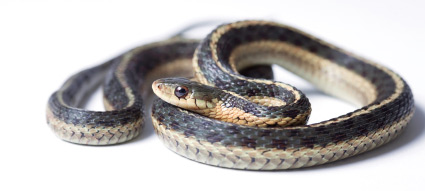
7. Gopher Snake
Gopher snakes, Pituophis catenifer, are very hardy constrictors native to North America. In the wild, people often confuse them for garter snakes and other commons species to North America. Like garter snakes, they are very active and fun to observe. They are also easy to feed and care for, and have a docile temperament.
They grow to 4-5 feet, and can live an average of 15 years.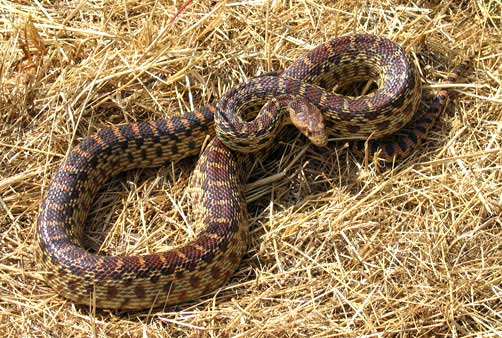
8. Rosy Boa
Rosy boas, Lichanura trivirgata, are beautiful constrictors found in southwestern US and the Mexican states of Baja California and Sonora. Rosy boas get their name from the rosy shade on the belly of some specimens.
They are slow moving snakes with a very docile temperament, and are not inclined to bite. They are very easy to care for.
If properly cared for, they can live 30 years or more. They are small for boas, averaging 17-34 in.
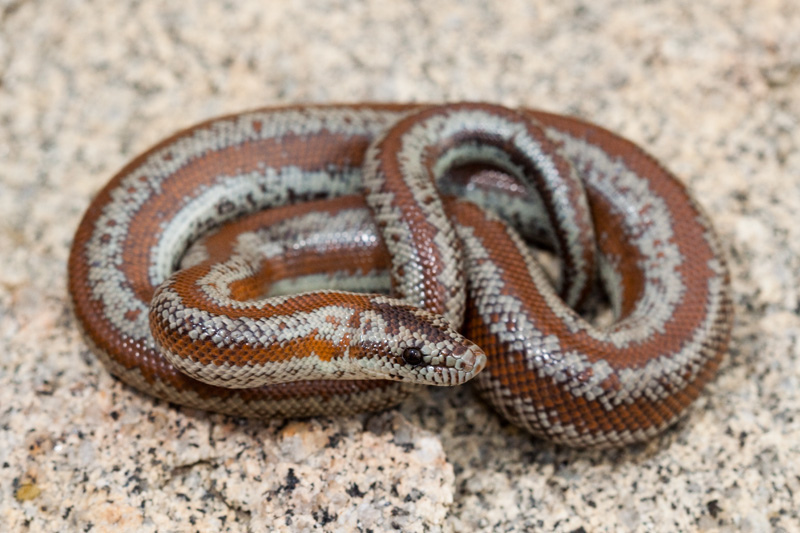
9. Kenyan Sand Boa

Sand boas are fun, derpy looking snakes that can be lots of fun. As the name implies, they enjoy burrowing in the sand and can often only be seen by their eyes poking up above the surface.
I find my sand snakes very fun to feed as they will launch themselves out of their hiding place in the sand when they strike, which reminds me of tremors.
Contrary to the name, sand—especially calcium fortified sands—is not the best substrate for these snakes. Before purchasing one, make sure you do your own research to decide which of the recommended substrates you believe will be best for your snake.
While there are not many morphs available, there are a few really good ones. The cow morph is my favorite of this species.
They stay quite small, at around 15-32 inches. They live around an average of 20 years, but some have been reported to live up to 30 years with proper care.
Which of these beginner snakes is your favorite? Do you own any of them? Let me know in the comments below!
Soapbox: We Should Start Focusing on Keeping Reptiles Better and Not on Collecting More.
Do Snakes Really Break or Dislocate Their Jaws to Eat Their Food? Be Ready For a Surprise.



